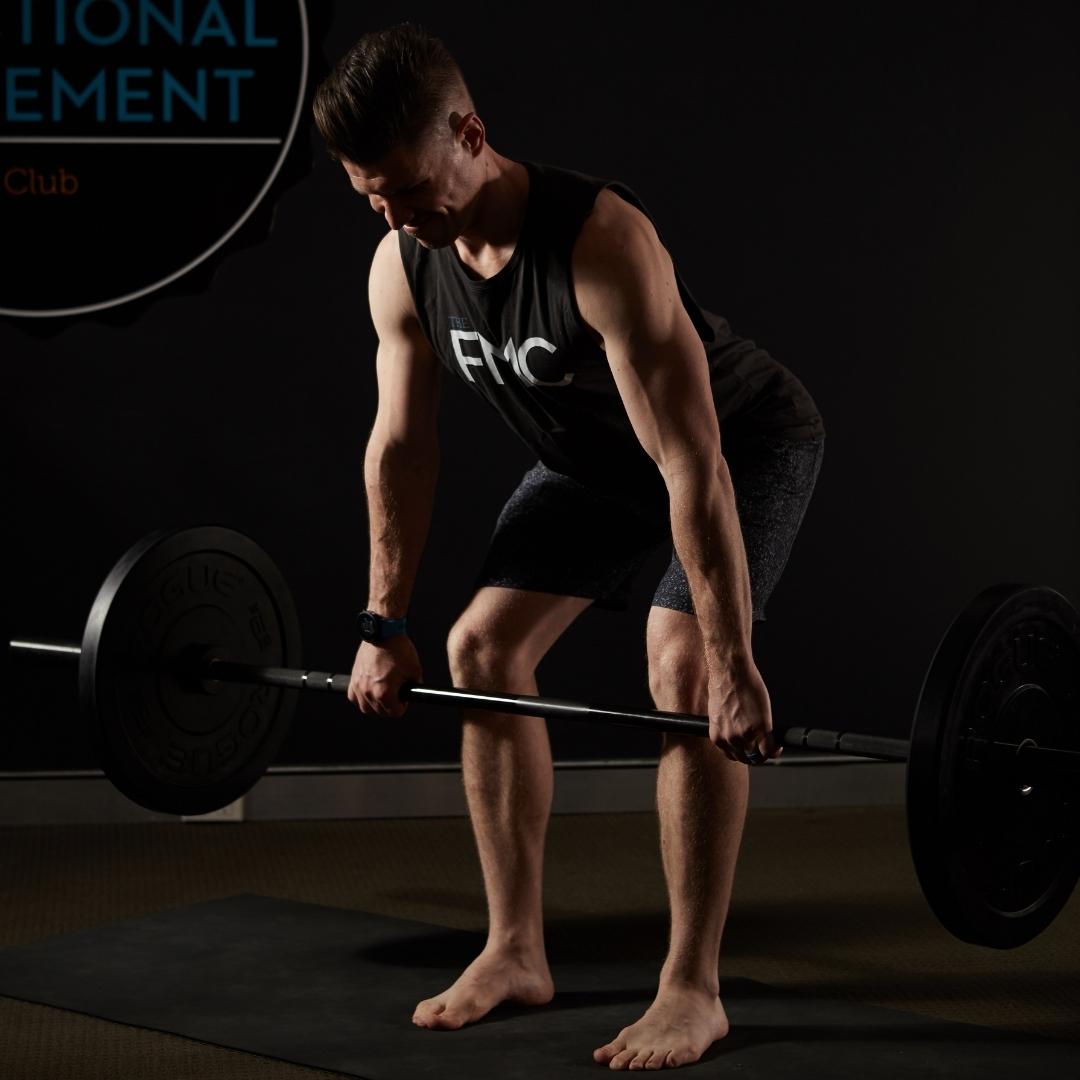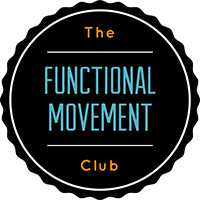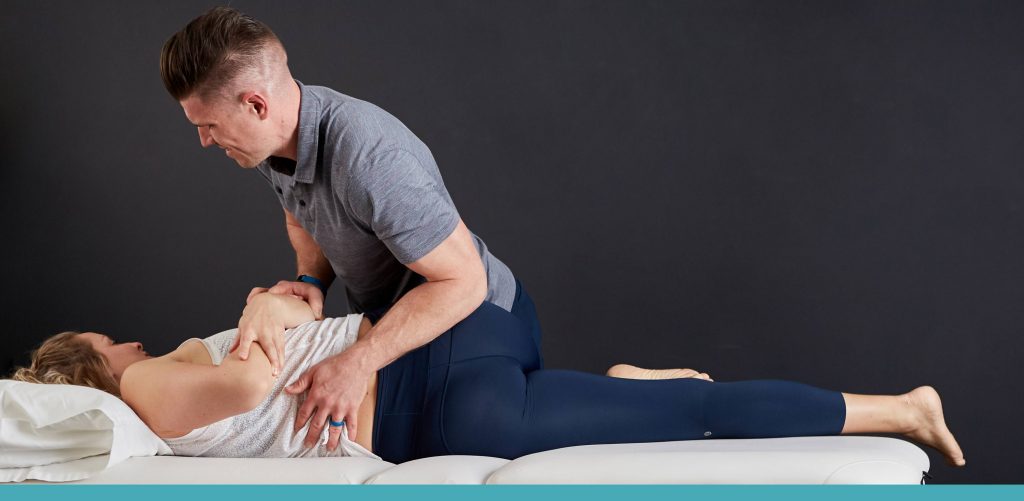
Strength training for longevity
Did you know that WHO (World Health Organisation) has updated its physical activity recommendations to include 2 days per week of strength training for longevity? That’s on top of 2.5 to 5 hours of moderate levels of physical activity per week. But, what is strength training? And why does it matter?
Strength training is anything that elevates your heart rate, increases your core body temperature, gives your muscles the feeling that they’re full of blood (or ‘pumped’), and is moderately challenging.
PSST . . . Heres a FREEBIE I made for you
Why Does it matter?
Strength training is important for a bunch of reasons, but really it all comes down to building up the amount of stuff you can do before you get an injury. The stronger you are, the more stuff you can do before your body hits its limit. With strength training, you increase your limit, which means that you can start to do the things that may have once injured you easily and pain-free.
Strength training will also help with balance, agility, and weight loss. All of which can have a huge carry-over to your general quality of life.
Lastly, it feels good to feel strong! The mental health benefits of exercise are well documented, and there’s nothing quite like lifting a weight you couldn’t before or doing an exercise that has always alluded you (pistol squats/handstand push up I’m looking at you) to boost your self-confidence.
Strength Training for Injury Prevention.
Strength training can also help protect you from injuries and overuse injuries. The first way that it does this is by building stronger muscles. Stronger muscles mean stronger tendons, which decreases your risk of things like tendon tears and tendinopathies.
Regarding joint health, moving joints causes more blood and nutrients to flow to a joint, increasing the health of the joint. Studies have shown repeatedly that active people have significantly less wear and tear in their knees than inactive people for exactly this reason.
In addition, strength training will help build up the muscles around your joints. This gives your joints more support when they’re loaded up and gives you more control of the joint, which will further help protect you from injury.
Strength Training For Longevity As You Age
As you age into your 40’s, 50’s, 60’s and beyond, strength training becomes more and more important. The reason for this is that it’s an unfortunate fact of life that you lose strength and muscle volume as you age, in fact after the age of 40 you’re going to lose about 1% of your muscle per year. On top of that, your bone density is going to drop off as you hit your later years as well, eventually resulting in osteoporosis.
Muscle and bone density are key factors in determining your health as you age, everything from sitting up from a chair to how you pull up from a fall is going to be reliant on these factors. The density of your muscles and bones is reliant on the amount of force you’re putting through your body. This makes low impact strength training the perfect way to maintain and build the strength of your muscles and bones in a safe and controlled way, letting you stay stronger for longer.
Strength training will also increase your balance and proprioception (your awareness of where your body is in space) which will help with fall prevention, and it’ll build some lung capacity and aerobic fitness to boost.
Strength Training for Kids and Teens
Strength training for kids seems to be a bit of a hot topic at the moment, even though we’ve known for about 30 years now that there are no more risks in kids doing strength training than any other sport.
All the benefits of strength training in adults apply to kids and teens as well. Not only will it help with bone density, muscle growth, balance, and injury prevention, but teaching young athletes/kids basic strength training allows them to push themselves as they start to grow into their frames. On top of that, learning proper movement patterns early on in life will result in them having better muscle coordination, which will decrease their risk of injury further.
The sooner you have muscles and strength the sooner they’re yours to keep. Starting strength training earlier means they can start moving well and getting stronger earlier, which ensures that they’re as prepped as they can be for life/their sport and avoid injuries in the future.
That’s great! How do I get started?
Strength training for longevity doesn’t have to be in the gym or done with huge weights. A resistance band, a kettlebell, and bodyweight exercises are more than enough to do a decent strength session that will do wonders for your body and keep old injuries at bay.
For a good place to start check out our article on all 6 Key Movement Patterns for a rundown on some great exercises to get you started.
Also, if you feel like you need a strength routine more specific to your personal needs don’t hesitate to get in touch and we’ll see what we can do.
Need Some Extra Help With Your Back Pain? Click Below Or Give Us A Call:
Check out our Better Mobility Program.(Click Here)






